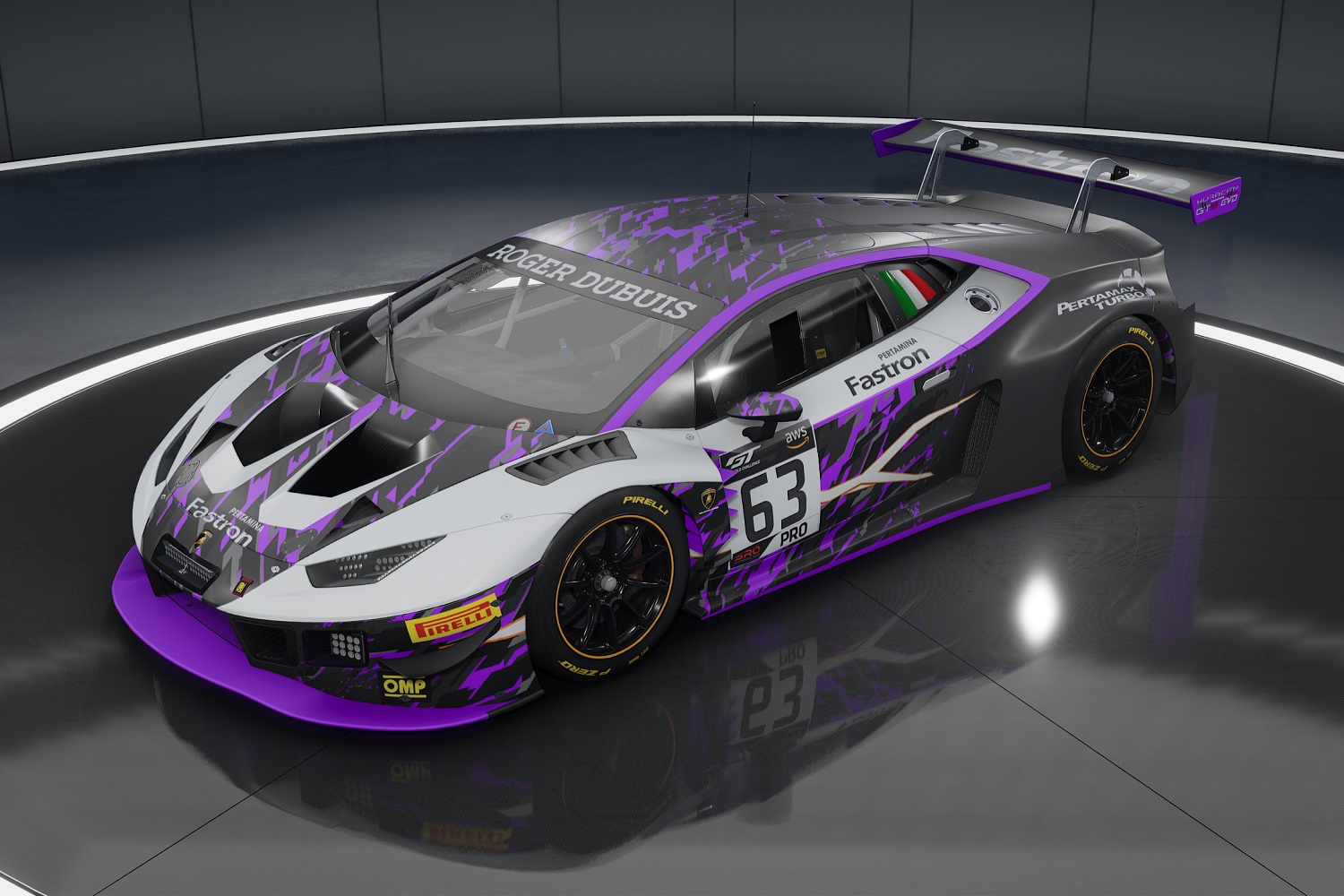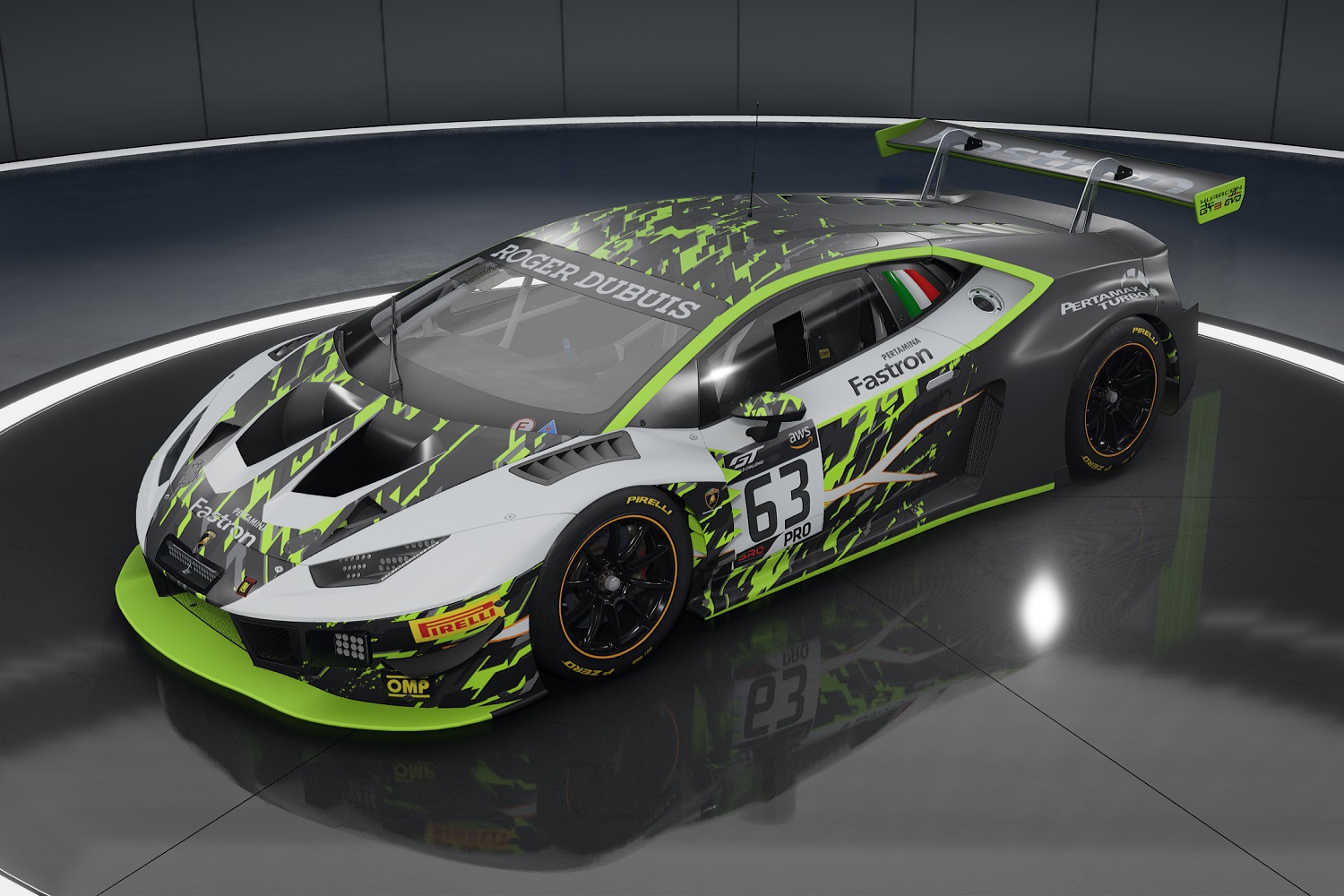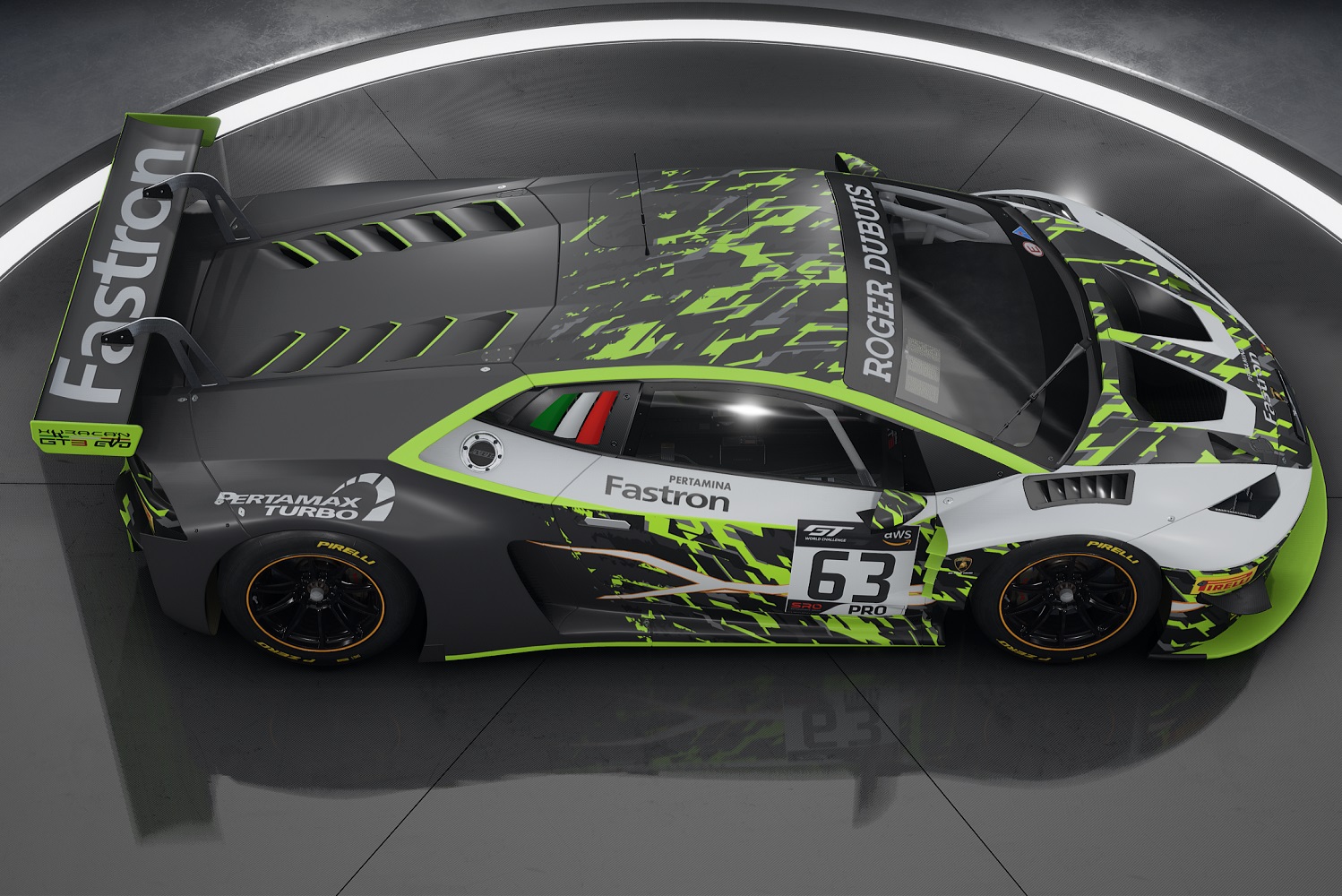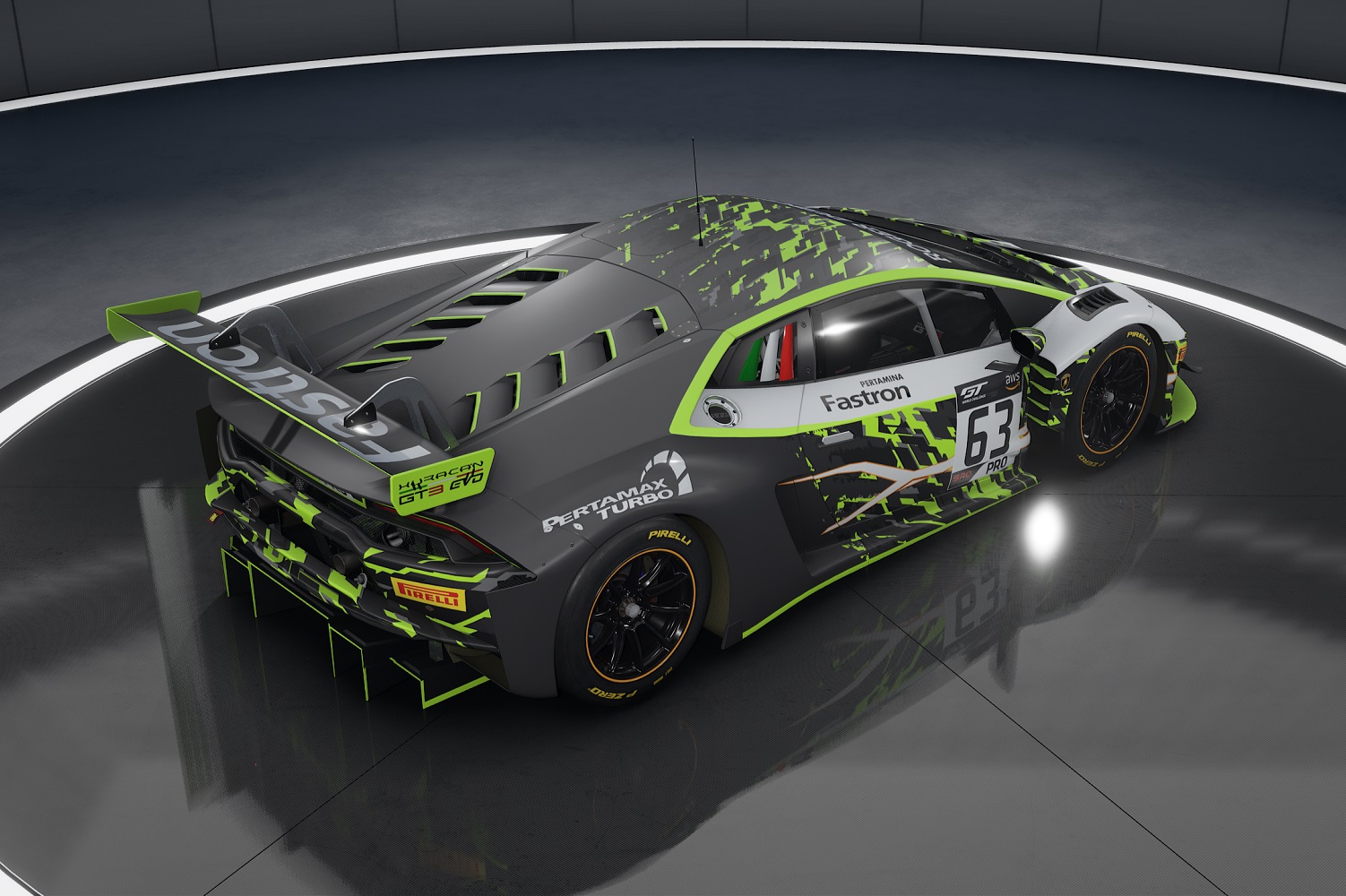Car races are postponed, auto shows are canceled, and driving is often restricted. It’s not a stretch to say that 2020 hasn’t been kind to car enthusiasts. To help satisfy that driving itch, Lamborghini is bringing wheel-to-wheel racing action to your living room and putting you in the driver’s seat.
The luxury carmaker has announced a competitive, simulator-based racing series named The Real Race that will run from May to September 2020. The winners of these virtual races will have the opportunity to prove their mettle on a real track.
Years in the making
“Our decision to enter e-sports goes back to [2019], even before the outbreak of COVID-19 and the subsequent lockdowns,” Katia Bassi, the company’s head of marketing and communications, told Digital Trends. Lamborghini may not be rooted in competition, but it intensified its racing efforts in the 2010s and reaped the rewards. Its Huracàn took first in class in the grueling Daytona 24 race for three years in a row. Going digital is the logical next step.
The timing is right, and not just because there are millions of people whose movements are still restricted. Racing simulators have become freakishly realistic over the past few years, to the point where telling the difference between reality and a game sometimes requires a double-take. Lamborghini built The Real Race on the Assetto Corsa Competizione gaming platform because most of its factory drivers use it to train at home, especially in the offseason.
Engineers from the gaming and automotive worlds also teamed up to create a digital version of Lamborghini’s Huracàn GT3 Evo (shown above). It’s the same car that competes in real-life racing events around the globe, though they dialed in parameters like tire wear, brake fade, and steering response while taking into account different weather conditions, Bassi pointed out. Lamborghini’s in-house drives have spent hours on the simulator and their feedback was positive.
“We developed the race cars using CAD [computer-aided design] data and data tables, including all of the vehicles’ specifications. Additionally, real race telemetry data is enriching the development process, allowing for an advanced step in GT3 simulation. And the feedback we’ve received from our factory drivers is encouraging,” noted Bassi.
From your living room to the pits
Lamborghini is launching The Real Race on May 29. It’s open to players from all over the world regardless of their age and experience level. Enthusiasts who need a little bit of practice before they start challenging others can play Assetto Corsa Competizione for free between May 29 and 31. The only car available is the aforementioned Huracàn GT3 Evo — you’re out of luck if you want to race a Miura or an Aventador — and every example entered in the race will be powered by an identical naturally aspirated V10 (or, rather, its digital equivalent). The company’s design department created 12 liveries specifically for the series; that’s the only available customization option.
The series will take racers to some of the world’s most famous (and most challenging) tracks. The roster includes Monza (Italy), Spa (Belgium), Suzuka (Japan), Laguna Seca (United States), and the Nürburgring (Germany).
To participate, you’ll need a fast internet connection, a sim racing wheel and pedal setup, and a powerful computer with a Core i5 or a Ryzen 5 processor and either Nvidia’s GTX 1070 or AMD’s RX 570 graphics card. For the best experience, Lamborghini strongly recommends a Core i7 or a Ryzen 7 processor and an RTX 2070 graphic card. The last thing you want is for the game to freeze while you’re speeding down Laguna Seca’s corkscrew.
The schedule includes five qualifier weeks between May 29 and August 2. The top three players from the first and last qualifiers and the top two from the second, third, and fourth will participate in the live final scheduled to take place on September 18 at Lamborghini’s historic headquarters in Sant’Agata Bolognese, Italy. The three quickest racers will see their stay extended for three days so they can learn a few tricks by training with professional racers and drive a real Lamborghini on a real track. Take it from me: It’s deliciously loud, mind-bogglingly fast, and visceral.
What’s next?

The Real Race augments Lamborghini’s presence in racing, but the company isn’t going all-digital. It will continue to compete on real tracks, with real cars, and it’s even bringing the Urus into the fold. The ST-X concept (pictured above) introduced in 2018 will morph into a dual-purpose race car that’s as happy on the tarmac as it is on gravel before the end of the year. The new series will take participants on a tour of tracks located in Europe and the Middle East.
Squadra Corse, Lamborghini’s in-house racing division, is preparing to lift the veil off a limited-edition track car — a real one, this time — powered by an 830-horsepower V12. The yet-unnamed model is due out this summer
“The experiences collected in race competitions go into the streetcars, and vice versa. Motorsport is an important pillar of our strategy,” Bassi summed up. Ladies and gentlemen, start your … gaming PC.







